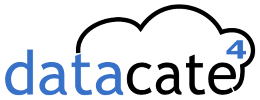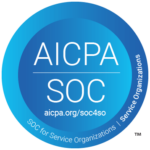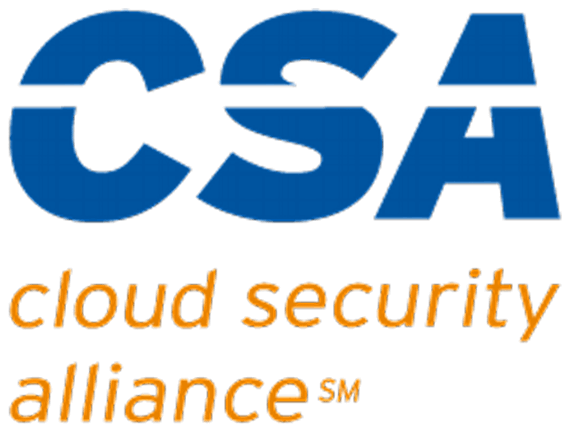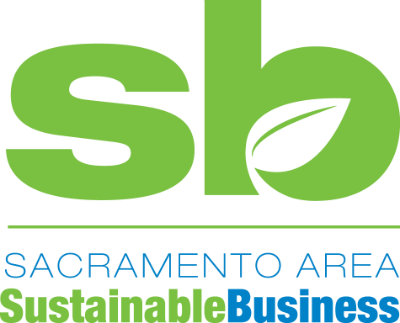Introduction
Making smart IT investments is critical to ensuring long-term operational efficiency, security, and competitiveness for small businesses. However, the actual cost of IT infrastructure goes beyond just the upfront expense. Evaluating the Total Cost of Ownership (TCO) is essential to understanding the full financial impact of IT investments over time. This guide will help small business owners assess the long-term costs and benefits of IT infrastructure investments, with a particular focus on support and maintenance as key factors in the TCO calculation.

Understanding TCO for IT Investments
TCO is a financial estimate that accounts for all costs associated with acquiring, deploying, operating, and maintaining IT infrastructure over its lifespan. While many small business owners focus primarily on the purchase price, neglecting hidden costs can lead to budget overruns and unexpected expenses down the line.
Key Components of TCO:
- Initial Acquisition Costs – The upfront cost of purchasing hardware, software, and licensing.
- Implementation Costs – Installation, configuration, and initial setup expenses.
- Support and Maintenance – Ongoing IT support, software updates, and hardware repairs.
- Operational Costs – Power consumption, network infrastructure, and system administration.
- End-of-Life Costs – Replacement, disposal, and potential data migration expenses.
- Training and Adaptation Costs – Ensuring employees are adequately trained to use new IT solutions effectively.
- Compliance and Security Costs – Ensuring systems meet industry regulations and cybersecurity best practices.
- Integration Costs – The expense of integrating new IT infrastructure with existing systems and applications.
Practical Methods for Determining TCO
Small business owners can use various approaches to evaluate TCO before making IT investments. Here are some practical methods:
1. Compare Upfront vs. Long-Term Costs
A cost-benefit analysis should compare lower-cost, short-term solutions with more expensive options with lower long-term costs. For instance, a cheaper workstation may perform poorly and require more frequent repairs and upgrades compared to a high-quality business-class PC with a longer lifespan and better manufacturer support.
2. Calculate Annual Maintenance Costs
Businesses should estimate how much they will spend yearly on IT maintenance and support. This includes:
- Helpdesk and troubleshooting costs
- Software updates and security patches
- Hardware repair and replacement expenses
- Managed IT services that provide proactive monitoring and security updates
3. Assess Productivity and Downtime Costs
Older IT infrastructure often results in performance slowdowns, software incompatibility, and unexpected downtime. Downtime can be costly in terms of lost productivity, delayed customer service, and even compliance issues. By estimating the potential losses associated with IT failures, businesses can better understand the financial risks of extending the life of aging systems.
4. Consider Scalability and Future Growth
A long-term approach to IT investments should include scalability. Opting for scalable cloud-based solutions or virtualization strategies may provide cost efficiencies as business needs evolve. Investing in flexible and upgradeable systems can reduce the need for full-scale replacements in the future.
5. Evaluate Vendor Support and Warranty Services
When purchasing IT infrastructure, evaluating the level of vendor support available can significantly impact the total cost of ownership. Comprehensive warranties and service contracts can minimize unexpected repair costs and downtime. Choosing business-grade equipment with extended manufacturer support will likely be more cost-effective than purchasing cheaper consumer-grade technology.
6. Conduct a Risk Analysis for IT Investments
Every IT investment carries inherent risks, including hardware failure, cyber threats, and software obsolescence. A risk assessment should be part of the TCO evaluation, ensuring businesses are prepared to mitigate potential disruptions. This includes:
- Evaluating security vulnerabilities
- Identifying potential system compatibility issues
- Planning for redundancy and failover solutions
7. Understand the Impact of Cloud vs. On-Premises IT Solutions
Small businesses should assess whether cloud-based solutions or on-premises infrastructure provides a better long-term investment. Cloud services often include built-in security, maintenance, and scalability, which can reduce operational costs. However, on-premises infrastructure may offer greater control and customization. A hybrid approach may be ideal for balancing cost and functionality.
The Risks of Extending the Useful Life of Older Equipment
Many small businesses try to maximize the lifespan of their IT hardware by deferring upgrades and maintenance. While this may seem like a cost-saving strategy, it often leads to greater expenses and operational inefficiencies.
Common Issues with Aging IT Equipment:
- Decreased Performance: Older computers and servers may run slower or be less stable, reducing employee efficiency and frustrating customers.
- Security Risks: Outdated hardware and software often lack critical security updates, making systems vulnerable to cyber threats.
- Compatibility Challenges: New applications and services may not be supported by legacy hardware, limiting business agility.
- Higher Maintenance Costs: Older equipment requires more frequent repairs and troubleshooting, leading to rising IT expenses.
- Increased Downtime: Unexpected failures and system crashes disrupt business operations and may lead to data loss.
- Limited Vendor Support: Older hardware often loses manufacturer support, making repairs costly and challenging to source.
- Increased Energy Consumption: Older equipment often lacks modern energy-efficient technology, leading to higher power bills.
Delaying necessary upgrades may seem cost-effective in the short term, but accumulating performance issues, security vulnerabilities, and increased maintenance needs can result in higher overall costs. Upgrading IT infrastructure at the right time ensures businesses remain competitive and secure while minimizing the hidden costs of maintaining obsolete technology.
Optimizing IT Lifecycle Management with Datacate
Effective IT lifecycle management involves planning hardware and software upgrades, budgeting IT expenditures, and ensuring that IT assets align with business needs. When small businesses partner with Datacate, they benefit from:
- Proactive IT Planning: Helping businesses anticipate technology upgrades and replacements before issues arise.
- Comprehensive Support Services: Ensuring IT assets are maintained and monitored for optimal performance.
- Cost-Efficient IT Solutions: Offering scalable, high-performance IT infrastructure tailored to small business needs.
- Security-First Approach: Keeping IT systems protected against emerging cyber threats.
- Minimized Downtime and Disruptions: Ensuring smooth transitions between hardware upgrades and IT deployments.
- Sustainable IT Practices: Offering energy-efficient solutions to reduce environmental impact and operating costs.
- Customized IT Strategies: Providing tailored solutions based on the unique needs of each business.
Conclusion
Evaluating TCO is crucial for making informed IT investment decisions that support long-term business success. By considering all costs, including ongoing support and maintenance, businesses can avoid the pitfalls of short-term savings that lead to long-term financial burdens. Attempting to extend the life of outdated IT infrastructure can introduce risks that outweigh the benefits, making timely upgrades essential for operational efficiency. Datacate’s MSP services provide small businesses with IT lifecycle management, ensuring a strategic approach to technology investments. Contact us today to learn how we can help optimize your IT costs while enhancing your business performance.




